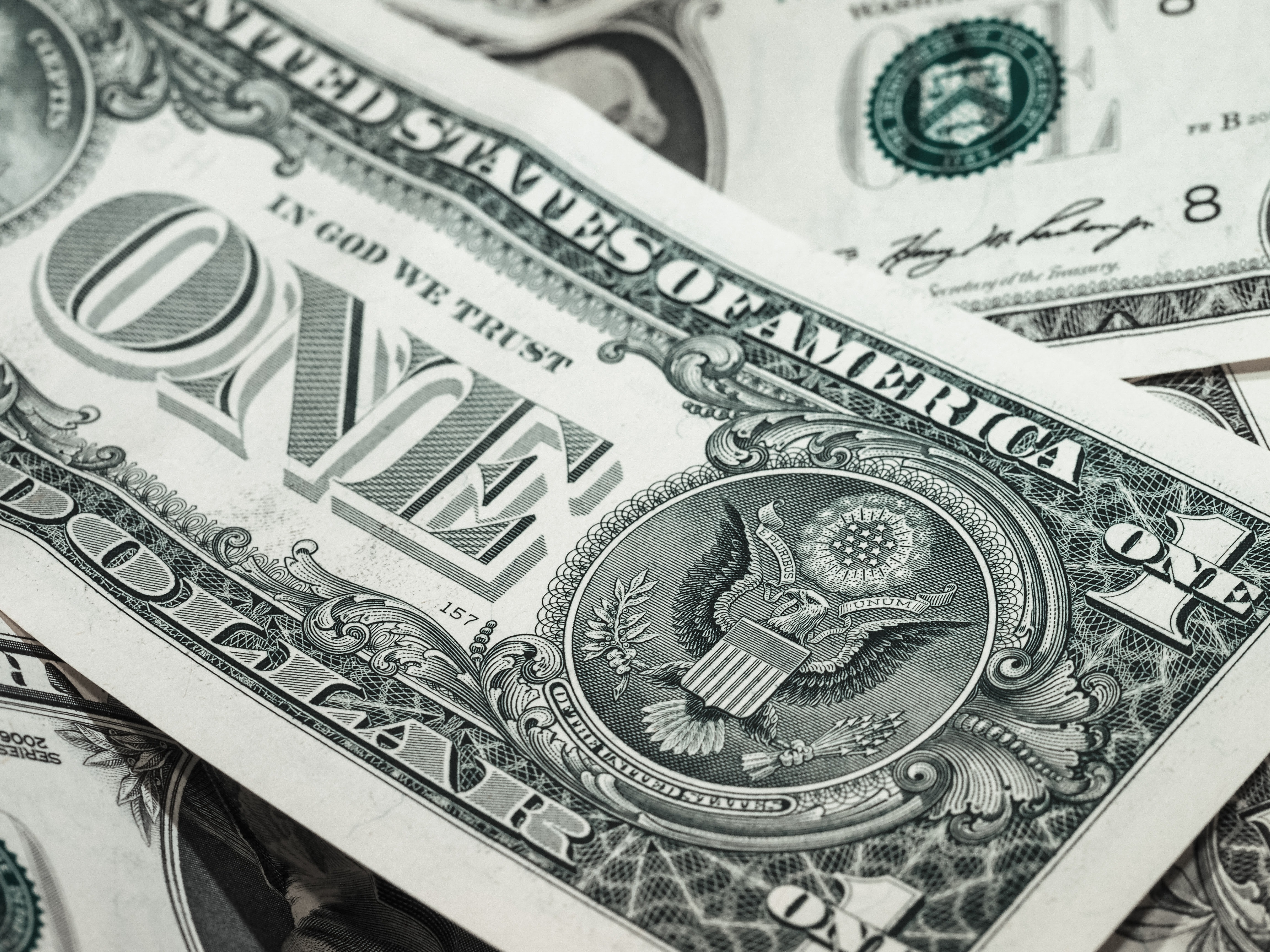
The Dollar Wrecking Ball: Why is a strong US dollar so dangerous?
The rising US dollar strength is starting to produce cracks across economies and markets.
Satoshi (SAT) is the smallest unit that is recorded on the bitcoin blockchain. One satoshi is represented by a decimal number with 7 zeros and 1 at the end, followed by a cryptocurrency ticker, as for example BTC, BSV (Bitcoin SV) or BCH (Bitcoin Cash). SAT is slowly but surely becoming a common term in cryptocurrency discussions. However, if you are relatively new to cryptocurrencies and blockchain then let's explain how SAT was created and what contributed to its popularization.

As the introduction suggests, the SAT abbreviation doesn't link to Bitcoin founder Satoshi Nakamoto, but it comes from the early days of bitcoin and the topical online discussions on BitcoinTalk forums. First suggestions and polls regarding the name and size of the “smallest unit” on the bitcoin blockchain didn't receive much attention.
“1 Satoshi = 1 microbitcent (the smallest unit). 100 million SAT = 1 BTC. Are we agreed?” After this comment voting and agreement was reached, that the smallest unit should have 8 more numbers after the decimal point and be called satoshi. Of course, its purchasing power changes, therefore it depends on the bitcoin spot price.
The fact is, people are biased towards how price tags look like. As consumers, we are used to user-friendly price tags on goods and services. For example rounded numbers or similar variants. Sellers themselves naturally prefer appealing prices for customers. Due to relatively high bitcoin price, compared to consumer goods prices (this difference can grow in future), goods priced in BTC would have very ugly and unattractive price tag - e.g. 0,00048999 BTC. However, thanks to the agreement on the smallest unit SAT, we can now create consumer-friendly and beautiful prices - 48999 SAT (4€).
Comments
You must be logged in to add a comment.